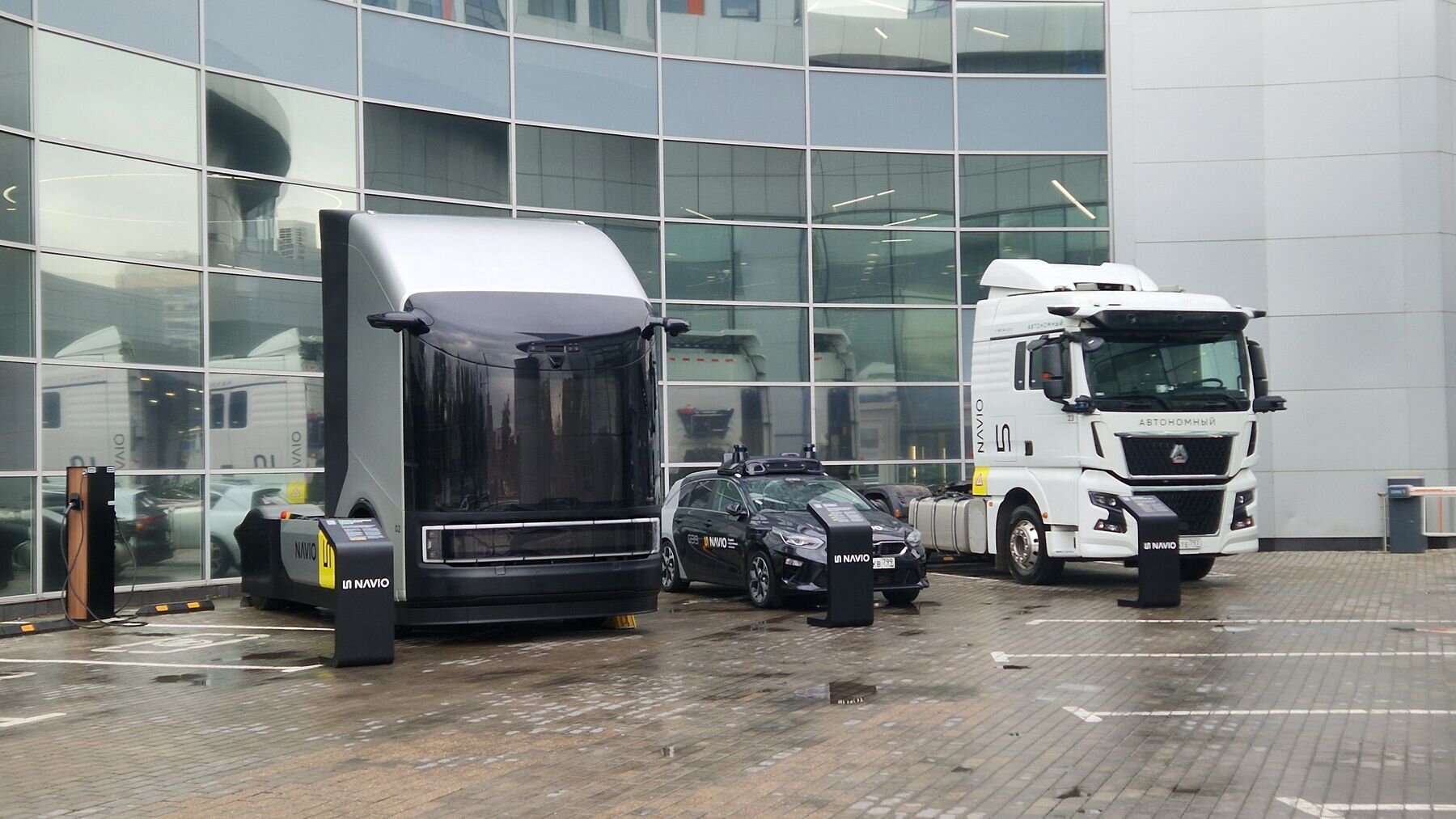Innovations in Autonomous Vehicles: Introduction of NavioSim Simulator
As discussions about the legal status of autonomous transport continue in Russia, the industry is not standing still. Earlier, we reported on the launch of autonomous trucks on the M-11 highway and the testing of self-driving taxis conducted by the company Navio, which was formerly known as "Sbevravtotekh." Most recently, Navio announced its latest innovation—the photorealistic simulator named NavioSim. What is its purpose and significance?
Currently, the architecture of autonomous vehicles comprises several key elements:
1. Sensors for environmental perception (including cameras, radars, and lidars);
2. Location-determining systems (maps and GPS modules);
3. Control systems for vehicle operation;
4. Software to govern decision-making processes.
The most challenging aspect is the development of algorithms, which largely requires manual programming. This creates a problem known as Long Tail, rendering it difficult to cover all conceivable road scenarios. To address this issue, Navio introduced the generative AI GenAI, utilizing VLA models (Vision-Language-Action), which integrates perception, prediction, and action into a coherent framework.
Despite having logged millions of test kilometers, certain roadway scenarios remain unaddressed in the AI's knowledge base. Hence, NavioSim is positioned as a solution that recreates various driving situations within a virtual environment.
Among NavioSim’s advantages are its high level of detail, comparable to footage captured by dashcams, and an almost infinite range of customizable scenarios including different environmental and weather conditions. This leads to accelerated development cycles and enhanced predictability and safety of automated systems.
The simulator enables three distinct testing frameworks:
1. SIL (Software-in-the-Loop)—an environment for rapid assessment of algorithm functionalities;
2. HIL (Hardware-in-the-Loop)—a method for identifying issues at the software-hardware interface;
3. VIL (Vehicle-in-the-Loop)—a virtual reality experience for vehicles, allowing complex scenario simulation in a controlled setting.
For simulation purposes, data is sourced both from real recordings and through graphical edits that create synthetic scenarios. The extent to which this novel technology will propel the adaptation of autonomous vehicles to real-world road conditions remains to be observed. In parallel, there are advances being made in hardware technology, such as new systems for cleaning the cameras mounted on autonomous vehicles.
